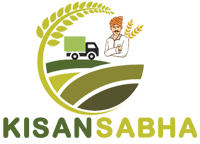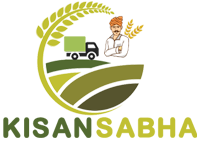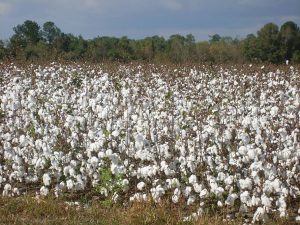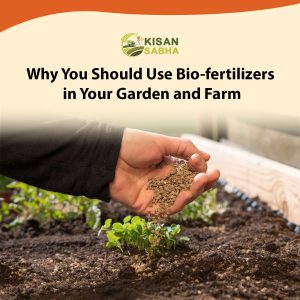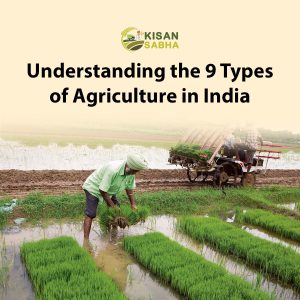Potatoes are one of the most widely consumed and versatile crops worldwide, making potato cultivation an attractive option for farmers seeking maximum profit at a low cost. However, achieving success in potato farming requires careful planning, efficient practices, and knowledge of key factors that impact yield and profitability. In this article, we will explore the right way to cultivate potatoes, focusing on techniques and strategies that can help farmers optimize their yields while minimizing costs. By implementing these practices, farmers can increase profitability and achieve sustainable potato cultivation.
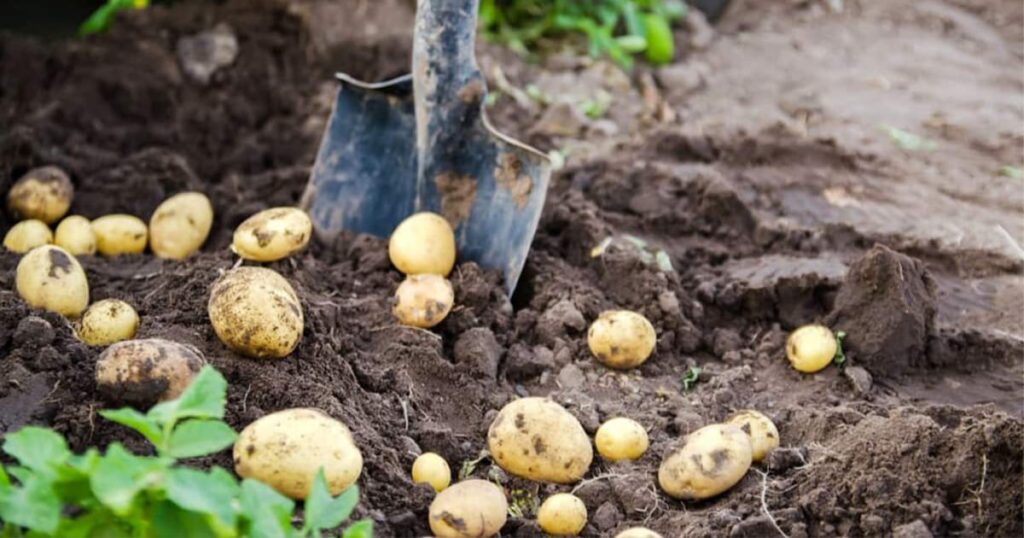
Selecting the Right Potato Varieties
Choosing the appropriate potato varieties is crucial for maximizing profitability. Consider factors such as market demand, disease resistance, and adaptability to local growing conditions. High-yielding and disease-resistant varieties can reduce the need for costly pesticides and ensure a healthy crop.
Research local market preferences and select varieties that have a high demand and can fetch a premium price. Additionally, consider the climatic conditions and soil type prevalent in your region, and choose varieties that are well-suited for those conditions.
Soil Preparation and Fertility Management
Proper soil preparation is essential for successful potato cultivation. Conduct a soil test to determine its nutrient composition and pH level. The optimal pH for potatoes is generally between 5.0 and 6.0. Incorporate organic matter, such as compost or well-rotted manure, to improve soil structure and nutrient availability. Apply fertilizers based on soil test results to meet the crop’s nutrient requirements. Split applications of nitrogen can ensure adequate supply throughout the growing season.
Consider implementing conservation tillage practices to reduce soil erosion and conserve moisture. This can help reduce costs associated with soil preparation and irrigation.
Also Read:- The Ultimate Guide to Terrace Farming in India
Seed Selection and Preparation
High-quality seed potatoes are essential for a successful potato crop. Select certified disease-free seed potatoes from reputable sources. Choose seed potatoes of uniform size and free from physical damage. Before planting, treat seed potatoes with appropriate fungicides to protect against soil-borne diseases.
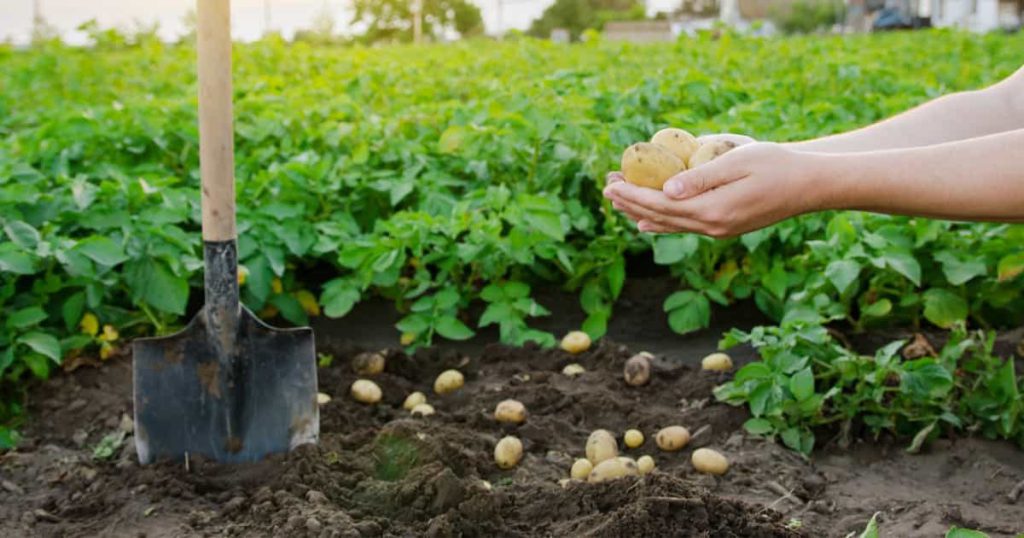
Planting Techniques and Spacing
Planting techniques play a significant role in maximizing potato yields. Plant in well-prepared soil when the soil temperature reaches 45-50°F (7-10°C). Proper spacing between seed pieces is crucial to ensure adequate tuber development. Aim for a spacing of 10-12 inches (25-30 cm) between seed pieces with rows spaced 30-36 inches (75-90 cm) apart.
Irrigation and Water Management
Potatoes require consistent moisture throughout their growth stages. Implement an efficient irrigation system to provide adequate water without excess. Monitor soil moisture levels and aim to keep the soil evenly moist, especially during tuber formation. Proper water management can reduce the risk of diseases, improve tuber quality, and maximize yield.
Weed, Disease, and Pest Management
Effective weed, disease, and pest management are crucial for maximizing potato yields while minimizing costs. Implement integrated pest management (IPM) practices that combine cultural, biological, and chemical control methods. Regularly scout the crop for signs of pests or diseases and take appropriate action when necessary. Implement crop rotation and sanitation practices to minimize disease pressure. Use herbicides judiciously, considering their impact on both crop and soil health.
Consider employing mechanical weed control methods, such as cultivation or mulching, to reduce reliance on herbicides. Implement trap crops or biological control agents to manage pests in an environmentally friendly manner.
Harvesting, Storage, and Marketing
Timing is crucial when it comes to harvesting potatoes. Harvest when the vines have died back, and the skin of the tubers has set. Proper handling during harvest minimizes damage and bruising, ensuring better storage quality. Implement appropriate storage techniques, maintaining temperature and humidity levels that promote tuber dormancy and prevent sprouting. Develop a marketing strategy that considers market demand, quality grading, packaging, and transportation methods to maximize profitability.
Consider investing in proper post-harvest storage infrastructure, such as well-ventilated storage facilities, to minimize losses due to spoilage or sprouting. Explore direct marketing opportunities, such as local farmers’ markets or establishing relationships with local retailers or restaurants, to reduce marketing costs.
Conclusion
Potato cultivation offers farmers the opportunity for maximum profit at a relatively low cost. By following the right practices and strategies, farmers can optimize their yields, reduce input costs, and achieve sustainable potato farming. Selecting suitable potato varieties, preparing the soil properly, implementing efficient planting techniques, managing water, pests, diseases, and weeds effectively, and ensuring proper harvesting, storage, and marketing are all vital steps in maximizing profitability. Continuous learning, adaptation to local conditions, and staying up-to-date with the latest research and technologies are key to success in potato cultivation.
